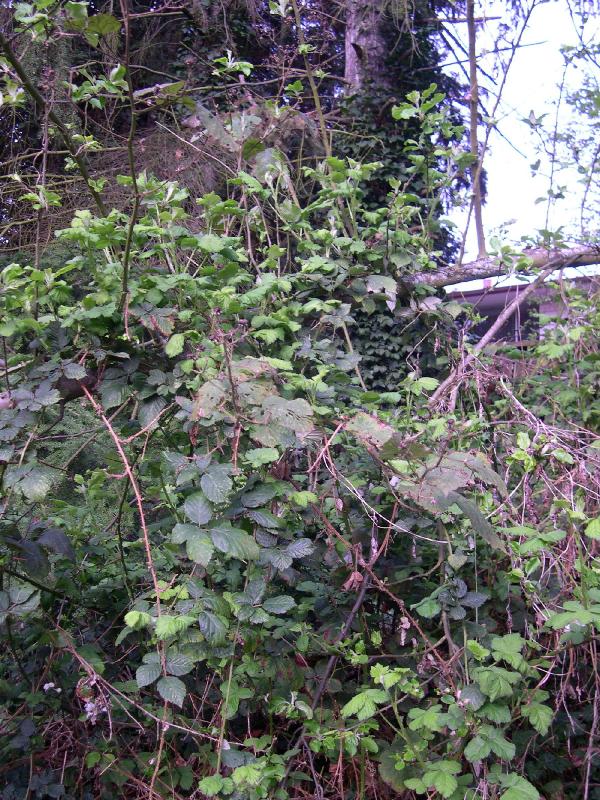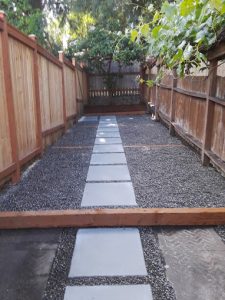As a homeowner in Seattle, you likely take pride in maintaining a beautiful, well-kept property. However, the mild and wet climate of the Pacific Northwest creates the perfect environment for weeds to thrive. Don’t let these unwanted plants overtake your lawn, garden, or outdoor space! By staying proactive and following the right strategies, you can prevent weeds from becoming a nuisance. Here are the top 10 professional secrets for effective weed control, tailored specifically for Seattle homeowners, helping you keep your landscape beautiful and weed-free year-round.
1. Timing is Everything: Attack Weeds in Early Spring
In Seattle, the weeds start making their presence known in early spring. Dandelions, clover, and plantain are among the first to emerge. Beat them to the punch by applying pre-emergent herbicides or spreading mulch before the weeds have a chance to sprout. This early intervention will give you a head start in keeping your yard pristine.
.png)
2. Know Your Enemy: Identify Common Seattle Weeds
Knowing the types of weeds in your area is key to effective control. Common weeds found in Seattle include:
- Broadleaf weeds like dandelions, clover, and plantain.
- Grassy weeds such as crabgrass and quackgrass.
- Perennial weeds like thistle and knotweed.
Understanding which weeds are most prevalent will help you choose the right treatment methods.
3. Use the Right Tools: Invest in Quality Equipment
Make weeding easier and more efficient with the right tools. Here are some essentials to have in your toolkit:
- Hoe: Perfect for small areas and precision weeding, especially along edges.
- Weeding fork: Ideal for larger areas and for removing deep-rooted weeds.
- Hand weeder: Best for tight spaces and delicate areas where a larger tool may not fit.
Investing in good quality tools will make weed removal less of a chore and more effective.
4. Mulch, Mulch, Mulch: Suppress Weeds and Retain Moisture
One of the most effective and natural ways to control weeds is by applying a 2-3 inch layer of organic mulch (wood chips, bark, or leaves). This provides multiple benefits:
- Suppresses weed growth by blocking sunlight that weed seeds need to germinate.
- Retains moisture for your plants by reducing evaporation.
- Regulates soil temperature to keep your garden’s roots healthy.
Mulching not only keeps your landscape looking neat, but it also helps with overall soil health.
5. Cultivate Deeply: Prevent Weed Seeds from Germinating
Loosening the soil to a depth of 8-10 inches with a garden fork or tiller can disrupt weed seed germination. This cultivation process helps to expose seeds to the elements, preventing them from taking root and growing. A well-prepared garden bed makes it harder for weeds to establish themselves.

6. Use Pre-Emergent Herbicides: Prevent Weeds Before They Sprout
Pre-emergent herbicides are a key weapon in your weed control arsenal. Applied in early spring, they target weed seeds before they have a chance to sprout. These herbicides are particularly effective for controlling crabgrass, quackgrass, and other annual weeds. Be sure to follow the manufacturer’s instructions for optimal results.
7. Post-Emergent Herbicides: Target Specific Weeds
While pre-emergent herbicides prevent weeds from sprouting, post-emergent herbicides target weeds that have already appeared. Use selective herbicides that specifically control broadleaf, grassy, or perennial weeds without harming your desirable plants. This approach allows you to treat the weeds without disrupting your garden’s health.
8. Keep it Clean: Remove Weeds Before They Seed
One of the most effective ways to prevent future weed growth is to remove them before they can flower and seed. Regularly check your landscape for new weeds and remove them promptly. Doing so will prevent weed seeds from spreading to other areas of your property.
9. Use Physical Barriers: Block Weeds with Landscaping Fabric
If you have garden beds, paths, or driveways, installing landscaping fabric or plastic sheeting can be an effective way to block weeds. These physical barriers prevent weeds from breaking through the soil, giving you a low-maintenance option for keeping weeds in check. Just ensure that your fabric is properly secured and doesn’t trap moisture, which can lead to other issues.
10. Monitor and Maintain: Regularly Inspect and Adjust
Weed control is an ongoing process. Even with all the right tools and strategies in place, it’s essential to regularly inspect your property for new weed growth. Make adjustments to your control methods as needed, especially after weather changes that may encourage weed growth.
Conclusion
By implementing these 10 professional secrets, you’ll be well on your way to maintaining a beautiful, weed-free landscape in Seattle. Keep in mind that weed control is an ongoing process, and staying vigilant is key. With the right tools, techniques, and a bit of persistence, you can ensure that your yard remains the envy of the neighborhood, free from the nuisance of weeds.



















